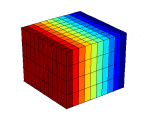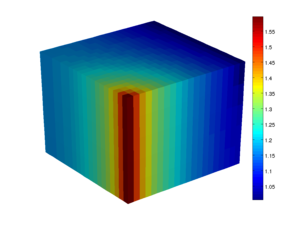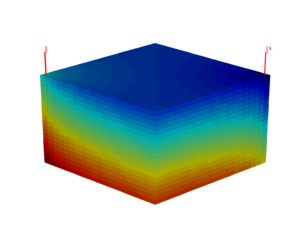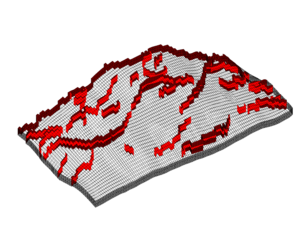|
Mimetic Finite Difference Methods
The module implements a family of mimetic finite difference (MFD) methods, which give consistent discretization for incompressible (Poisson-type) pressure equations.
Tutorials
DescriptionThe standard two-point flux approximation method implemented in the This module implements a family of first-order mimetic methods that give consistent discretizations of Poisson-type flow equations on general polyhedral and polygonal grids. The mimetic method is an example of a so-called compatible spatial discretizations, which are designed so that they not only provide accurate approximation of the flow equation but also inherit or mimic fundamental properties of the underlying differential operators. The mimetic method is constructed by requiring that the discretization correctly reproduces a linear pressure drop on general grids. This introduces certain freedom, and by carefully picking the parameters that are needed to fully specify a method, one can construct mimetic methods that coincide with other known methods, or reduce to these methods (e.g., the two-point method, the Raviart--Thomas mixed finite-element method, or the MPFA-O multipoint method) on certain types of grids. The module offers two basic routines
The
MRST was originally developed to support research on consistent discretizations on general polyhedral grids. The mimetic solver was therefore tightly interwoven with the rest of the functionality in early versions of the software. More recently, the mimetic part has been separated from the fluid objects specifying incompressible flow models and moved to a separate module. See also: two-point discretization and MPFA Literature
|
||||||||




